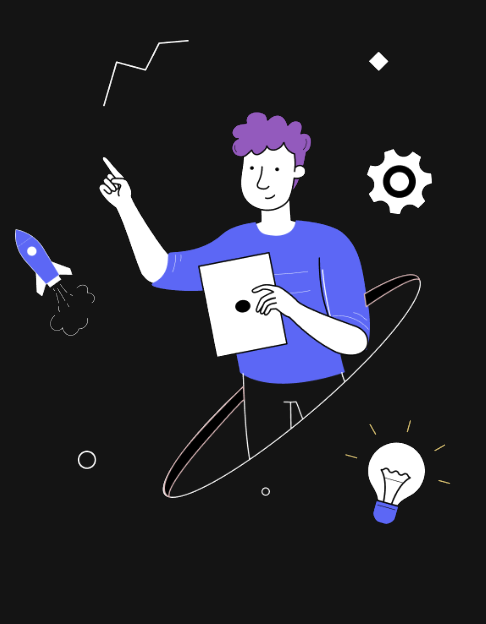Google Introduces Flutter 2.10 For Windows Apps
Google announced an important update to Flutter. Developers can share code across platforms using this open-source framework. Flutter 2.10 brings stable support to Windows apps in Flutter. This is the most significant change. The Flutter app development 2.10 framework lets developers create Android, Linux, iOS, & web-compatible desktop applications.
Google points out that mobile apps are not the same as desktop apps. Computers can use more input methods and have larger screens than smartphones. The APIs used by apps running on PCs differ from those on Android and iOS. Google needed to optimize Flutter Windows for these reasons. With new updates, it gives an opportunity to strengthen the market for Flutter App Development Company & Flutter app developers.
Windows & Flutter


Flutter was founded in 2012 by the Flutter app development Team. Its goal was to be a mobile app on iOS and Android, but also to reach other platforms such as web and desktop. Flutter is its core, spanning platforms: its user-friendly, hardware-accelerated Skia graphics engine, Flutter’s rendering engine, and the dozens of widgets it offers, like theming, animation, input, & internationalization.
Desktop apps can run on larger screens than mobile apps via Flutter app development. They can be used with keyboards or mice, and other input devices. They are often used with widescreen monitors and have resizable windows. There are several conventions to help with critical issues such as input method editors, accessibility, & visual styling. These apps integrate with the different APIs of the underlying operating platform: desktop applications support everything from file system selectors to device hardware to data storage like the Windows registry.
Flutter has been brought to Windows by the team at Flutter. However, Flutter was also adapted for Windows. Here is what we know about Flutter 2.10.
Flutter 2.10: Big Updates for Windows, iOS & Android
The Flutter 2.10 release, released today, includes support for creating Windows apps at a production-quality level. There are also many other improvements, features, and bug fixes in Flutter 2.10. You can get all the details here.
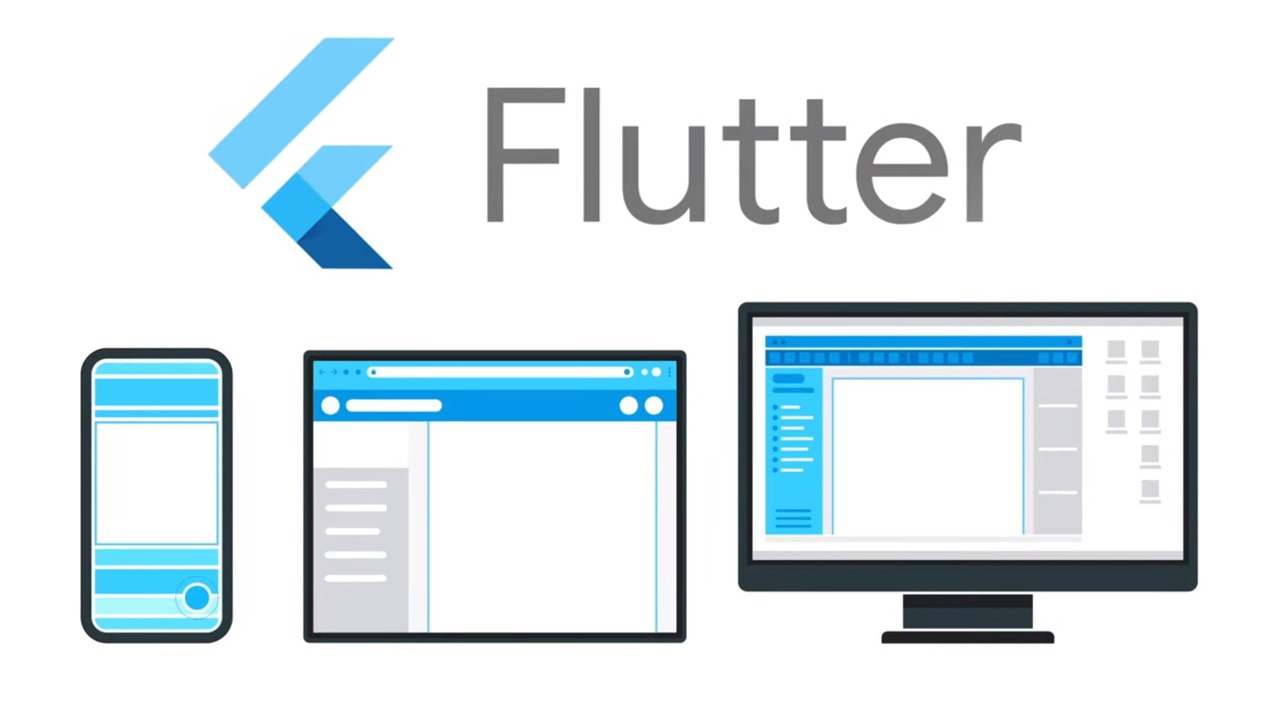

Material 3
The “useMaterial3” flag added to Flutter app development now makes it possible to use some Material Design widgets. Among the other Material You enhancements, Flutter has a new “ColorScheme.fromSeed” option that allows you to create entire palettes for your app using a single color, similar to how Android 12 themes its apps are based on the colors in your wallpaper.
Enhancement of Productivity
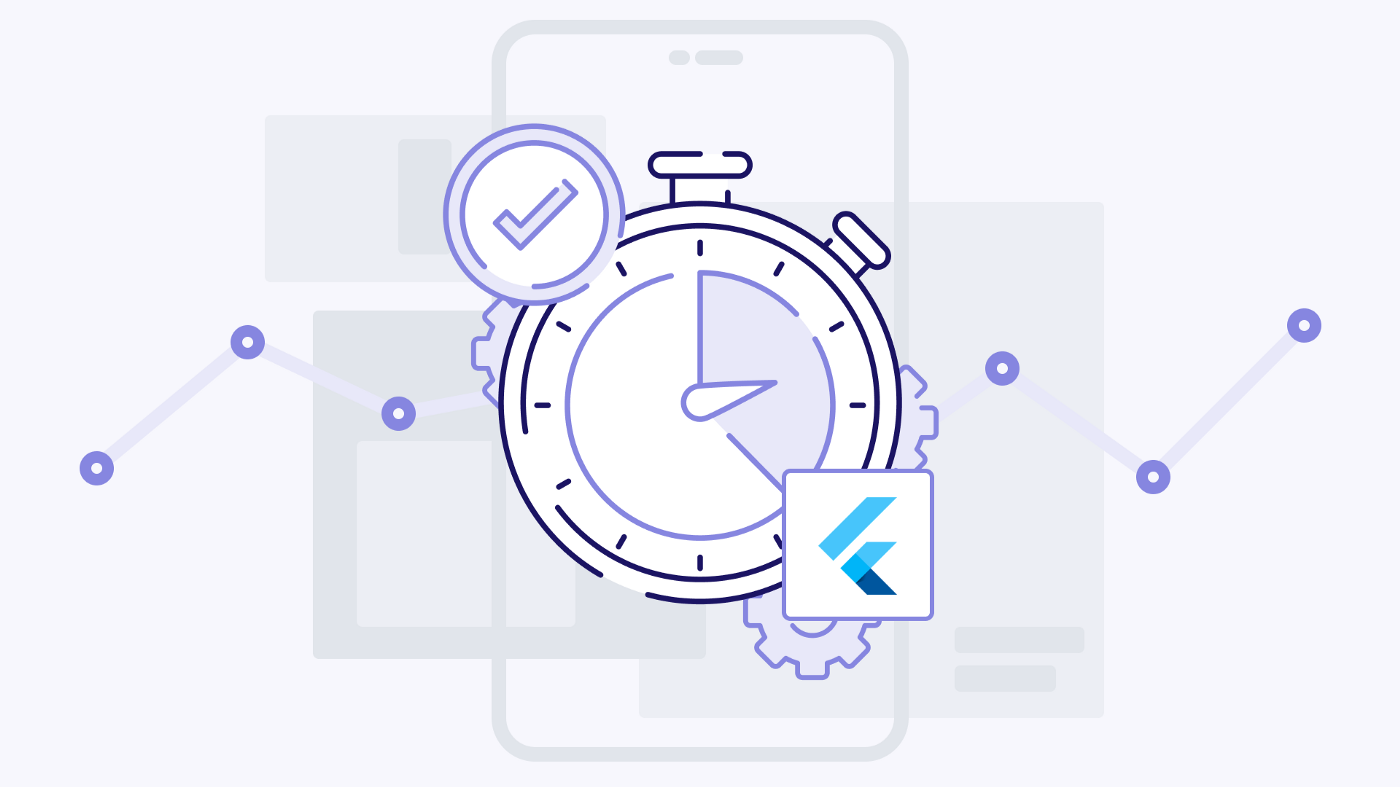

Flutter has now released an initial version that supports dirty region management. This was provided by Knopp, a Flutter app development community member. He’s allowed partial repaints to a single dirty location on iOS/Metal. This change led to a reduction in rasterization times of the 90th & 99th percentiles on a handful of benchmarks. Further, it reduced GPU usage to less than 9% from over 92% on these benchmarks. As they continue to develop the picture record format, they expect this optimization to be expanded to cover more cases.
Dart code is built ahead of native code in release & profile modes. The complete type flow analysis of a program reveals numerous compiler optimizations and tree shaping. This is the key to this code’s efficiency and small size. The type flow analysis can be costly as it must cover all programs. This Flutter app development release has a faster implementation for type flow analysis
Web Upgrades
The web also has some improvements in this release. It was not working properly in previous releases when scrolling to an edge of a text field with multiple lines. In this release, the edge-scrolling feature is introduced. When the selection moves out of the text box, the field will scroll to display the scroll extent. This new behavior can be used in web & desktop applications.
Flutter 2.10 also features a significant improvement to the web. They strive to minimize the overhead involved in mapping Flutter to the web. They used to need an overlay in order to add a native HTML element into Flutter. Each of these overlays allows for custom painting but comes with some overhead. It can be a burden if there are many native HTML widgets present in your app. They’ve released a new “nonpainting platform view” that removes all that overhead.
Integration Testing Updates
Integration testing has seen further improvements, with integration_test now being included in the Flutter app development SDK. With this, it is easier to integrate with your application. A new migration guide is available if you want to move your existing Flutter_driver tests over to integration_test. Integration_test also includes many updates to the codelabs, docs, & samples.
Flutter DevTools


In this release, Flutter app development DevTools are updated. Instead of having to use pub global active to download and execute the current version, you can now use dart devtools instead. As a result, you will have the most recent version compatible with your version of Flutter. They also provided usability improvements, including better support for inspecting large lists or maps in the Debugger variables panel.
VSCode Upgrades
Flutter’s Visual Studio Code extension now has a variety of enhancements. There are now more colored previews in your code along with a color picker that updates it automatically. If you would like to be a tester for prerelease versions, you can switch between pre-release versions within your extension settings.
Android Upgrade
This version also includes a few improvements for Android. Flutter defaults to the latest Android version when you create an app. They’ve also enabled multidex support in this release. If your app has an Android SDK version below 21 and exceeds the 64K limit, you can pass the –multidex flag via flutter build app bundle or by flutter build apk. Your app will now support multidex.
iOS Upgrade
Along with performance improvements, they have also added some platform-specific enhancements and features. Luckysmg has added smoother keyboard animations to iOS. It is available automatically by default within Flutter app development.
It has become more difficult to maintain the target devices due to decreased usage and reduced support for iOS 9.3.6, so it is moving from Supported to Best Effort. Therefore, support for iOS 9.3.6 & 32-bit iOS devices will only be maintained via coding practices, and community testing will be ad-hoc.
Closing Notes
This latest upgrade in Flutter with the 2.10 version onboard, it is inevitable to give your development process and upgrades a boost. With Windows compatibility, this Flutter also brings support for iOS and Android. Flutter is going to bring a change in the app industry with release notes soon to unveil more notes updates.
With such updates, you need a top Flutter App Development Company & hire Flutter app developers for effective development. MobileCoderz, an established Flutter App Development Company, is your perfect destination for your Flutter app development projects. Hire Flutter app developers with top-notch expertise and make your apps flourish in the rising app industry.
-

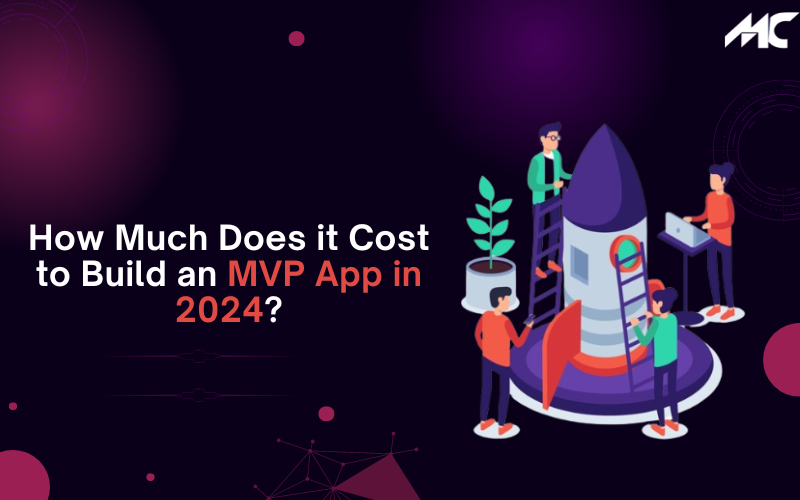 How Much Does it Cost to Build an MVP App in 2024?
How Much Does it Cost to Build an MVP App in 2024? -

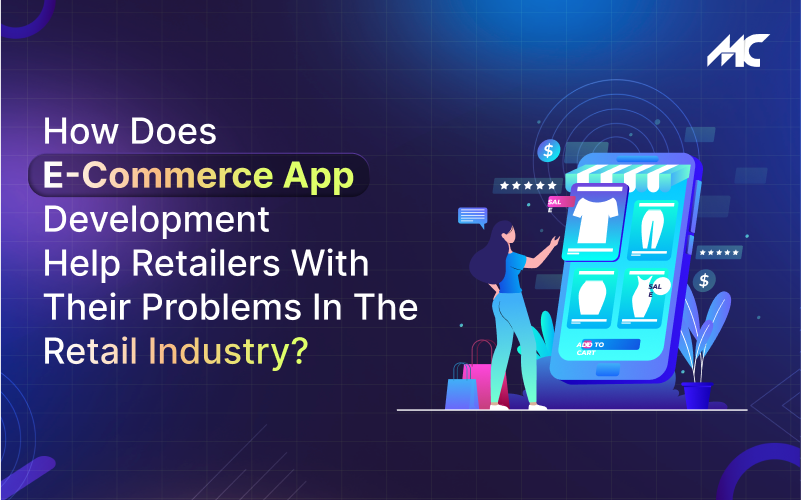 How Does E-Commerce App Development Help Retailers With Their Problems in the Retail Industry?
How Does E-Commerce App Development Help Retailers With Their Problems in the Retail Industry? -

 How AI is Changing the Landscape of the Online Food Delivery Industry?
How AI is Changing the Landscape of the Online Food Delivery Industry?




